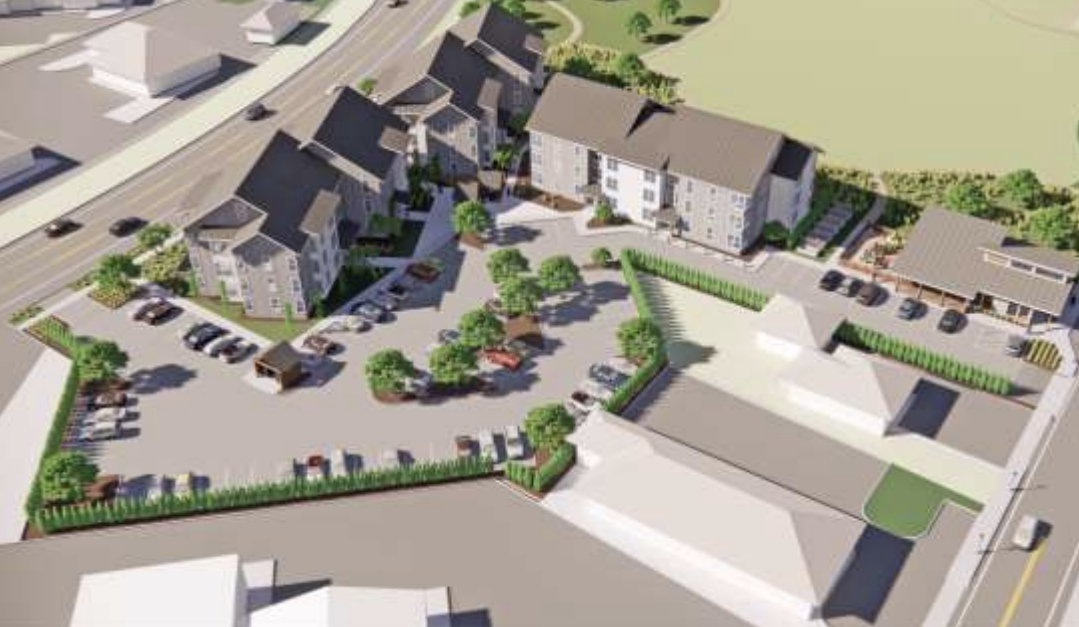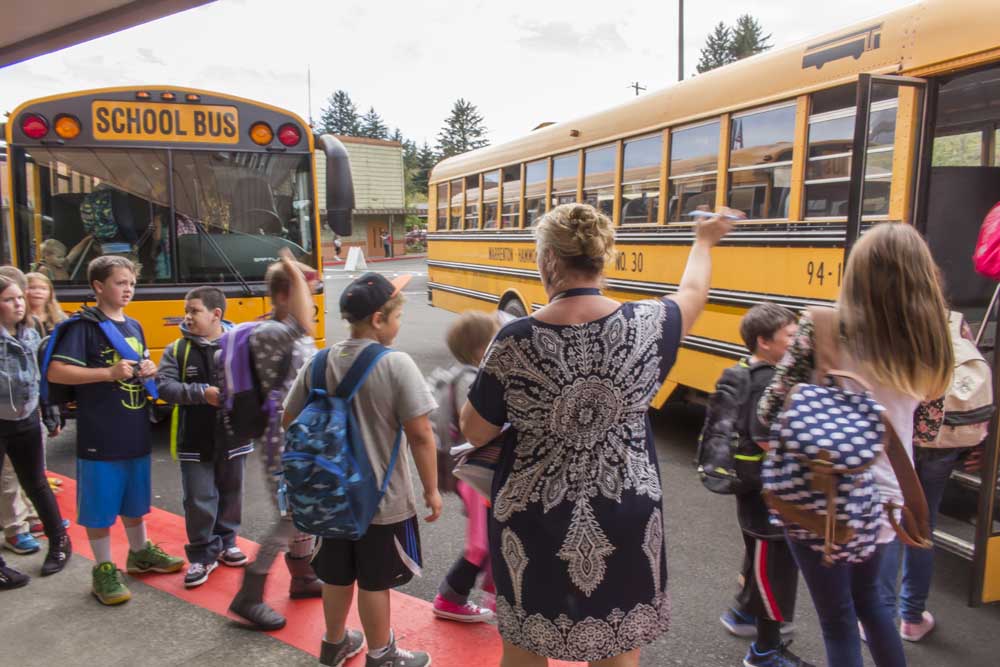Tsunami project: Getting the county prepared for ‘the big one’
Published 3:15 pm Saturday, May 16, 2015
Clatsop County is partially through conducting a Tsunami Hazard Overlay project to better prepare the community for a Cascadia tsunami event and to increase resilience by developing new planning provisions for the county’s unincorporated areas.
Even though the project only applies to unincorporated areas of the county, mutual awareness from the whole community is important since no one knows where they might be if a tsunami hits, said Lianne Thompson, a Clatsop County Commissioner and Project Advisory Committee member.
“We’re going to be all we have,” she said. “While we’re all individually responsible, no one can do it alone. We all need each other.”
Last week, the Project Management Team held three open houses throughout the county, including Warrenton on May 4; Astoria on May 5; and Arch Cape on May 7. The purpose of the meetings was to present the project to the public and inform them what proposed policies and provisions have been drafted at this point. County staff and committee members were available to answer questions and interpret maps and data for those in attendance.
According to the county, the purpose of the Tsunami Hazard Overlay project “is the development of Comprehensive Plan and Development Code provisions, through a public involvement process, to increase resilience to a Cascadia event tsunami.”
The project was initiated after the county received a $7,000 technical assistance grant from the Oregon Department of Land Conservation and Development in February to help offset costs.
Guiding the project is a management team consisting of county staff: Senior Planner Jennifer Bunch, Community Development Director Heather Hansen, Building Official David Kloss, Public Works Director Michael Summers and Emergency Manager Tiffany Brown. The Project Management Team, along with a Project Advisory Committee consisting of 12 agency representatives and community members, will recommend policies and provisions to the county’s Planning Commission and Board of Commissioners.
The project is being conducted in two phases. Phase I, where the project currently is at, is focused on developing comprehensive knowledge of tsunami hazards, involving the public and drafting provisions that could implement an appropriate strategy to prepare for and survive an event. Phase II is focused on adoption of those policies and provisions. The goal, Bunch said, is to have draft provisions prepared by the end of June and work toward adoption between July through December.
The three main goals identified for the project are education, public involvement and the adoption of policies and code provisions. For each goal, the group has numerous objectives.
In regards to education, the group has provided opportunities for county staff to learn about tsunami hazards and data so they can be a community resource; maintain open communication with the Board of Commissioners and the Planning Commission through work sessions and project updates; assist community members in becoming more aware of the risks related to a local tsunami event; and develop and disseminate new and existing educational materials for residents and property owners.
For public involvement, the group has worked to identify high-risk areas within unincorporated Clatsop County; identify vulnerable uses, structures and populations; develop draft provisions for the county’s Comprehensive Plan; and generate multiple opportunities to inform and receive feedback from the community through open houses, news releases and social media. The county-wide meetings were a way for the group to fulfill that objective.
“That’s our most important component,” Bunch said. “We want people to understand the hazards and the maps and what it means to them.”
Later, in the adoption phase, the group will hold publicized hearings before the Planning Commission and the Board of Commissioners to adopt provisions to increase safety and community resilience. The overlay could restrict the location of essential facilities – such as hospitals and fire stations – and special occupancy buildings – such as certain public facilities, schools and medical buildings – and their uses within the hazard area. If, for a very specific reason, these structures must be located in a tsunami hazard area, however, a “use exception” may be allowed.
The group presented some facts for the public, such as:
• Nothing proposed for the overlay would prohibit landowners from using their land for residential purposes;
• No changes to building codes for tsunami hazards have been proposed at this time and, if they are, they need to come from the state level; and
• The overlay could assign additional requirements for subdivisions, such as way-finding signs and internal evacuation route planning.
Large-scale inundation maps and evacuation route maps were available at the meetings so community members could locate hazardous areas and safe gathering places in the event of a tsunami. The maps covered Astoria, Warrenton, the Clatsop spit, Cannon Beach, Arch Cape, Gearhart, Seaside and the Youngs River area. For the purpose of the maps, developed by the Oregon Department of Geology and Mineral Industries, the tsunami scenarios were modeled to occur at high tide and to account for local subsidence or uplift of the ground surface.
The public also received handouts about how to prepare for a tsunami event by putting together a basic emergency supply kit, storing water, making copies of important documents, signing up for emergency and community alerts and other preemptive steps that can help locals survive an incident and its aftermath.
Commissioner Thompson said she advocates for people to personally educate themselves about and prepare for a natural disaster in a methodical way.
“You want folks concerned, but you want them to be active,” she said. “You don’t want to make yourself crazy. What you want to do is empower yourself, and that’s where the increments come in.”
The Tsunami Hazard Overlay project is meant to be the first step to a larger project, which is developing a Tsunami Facilities Improvement Plan. The county will work in conjunction with cities to consider more detailed evacuation routes, identify vulnerable population, develop ways to manage debris and other aspects of emergency preparedness and management. That project, Bunch said, will be led primarily by the Clatsop County Public Works Department, and the county is applying for a $50,000 Transportation and Growth Management Grant that would be available at the beginning of the 2015-16 fiscal year. While the grant is not a prerequisite to the project, Bunch said, “if we did proceed without the grant, it would be at a much slower pace.”
The advisory committee’s meetings are open to the public. The next meetings are at 10 a.m. May 18 at 800 Exchange St., Suite 430, Astoria, and 10 a.m. June 22 at the Boyington Building, 857 Commercial St. Astoria.
For more information, contact Bunch at (503) 325-8611 or jbunch@co.clatsop.or.us or visit the office at 800 Exchange St., No. 100, Astoria.





